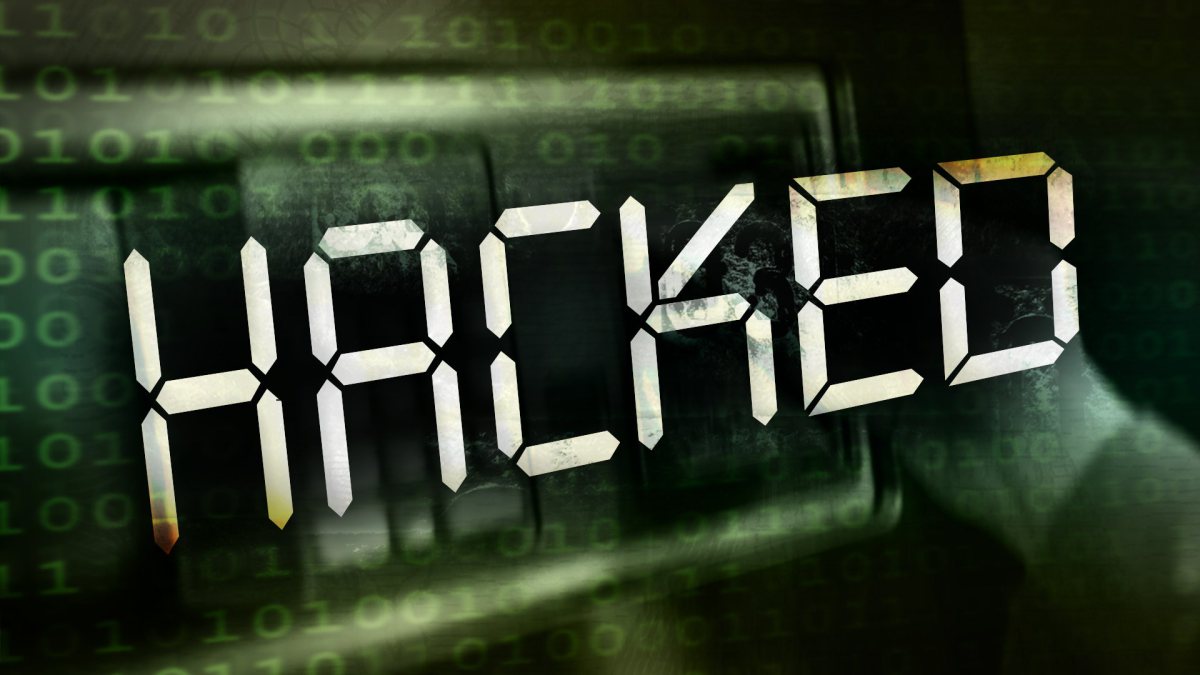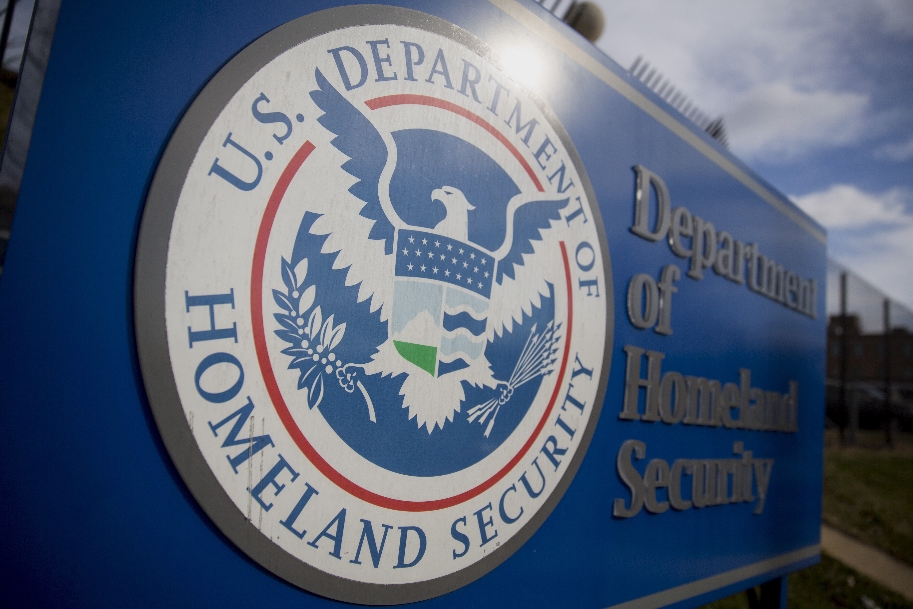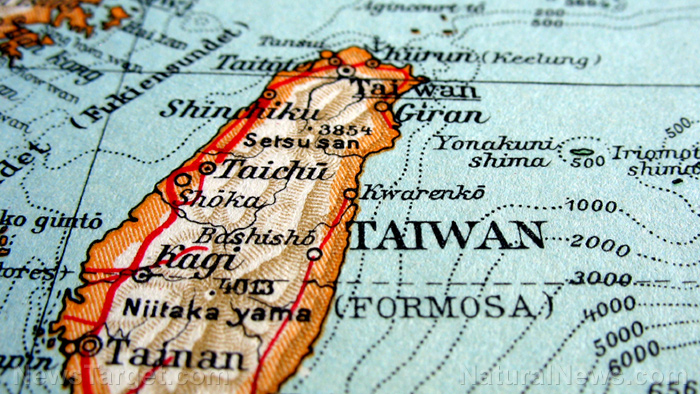Pizza Hut Australia HACKED! Data security breach exposes customers’ personal information
09/25/2023 / By Olivia Cook

Pizza Hut’s Australian operations have been subjected to a cybersecurity data breach earlier this month, compromising the personal information of nearly 200,000 of its customers.
In an email to customers last week, Pizza Hut Australia CEO Phil Reed said the company became aware in early September that there had been “unauthorized third party access” to some of the company’s data.
“We have confirmed that the data impacted relates to customer record details and online order transactions held on our Pizza Hut Australia customer database. We secured our systems, engaged forensic and cybersecurity specialists and initiated an ongoing investigation to help us understand what occurred and identify the data that was impacted,” he said.
Information “exposed” in the incident included the establishment’s customers’ names, contact numbers, email addresses, delivery addresses and instructions – with encrypted credit card numbers and encrypted passwords of Pizza Hut Australia registered users.
“The credit card details we hold cannot be used to make fraudulent payments and all credit card payments are processed securely by an approved payment platform,” the email continued.
Pizza Hut said there was “no evidence” that customers’ personal information had been misused and noted that data it held “cannot, by itself, be used to commit identity theft or fraud.”
Reed said the company’s daily operations had not been affected by the hack. Customers were provided with the steps they can take to protect their information and avoid potential scams. The data security breach has also been reported to the Australian Cyber Security Centre (ACSC), which notified the Office of the Australian Information Commissioner (OAIC).
“Our investigation will continue, and we will update our customers if any additional relevant information becomes available.”
Pizza Hut, which has 260 stores around Australia, is the latest company to be targeted by hackers. Bookstore Dymocks has also confirmed that 1.24 million customer records were stolen during a recent data breach.
Tips to protect your privacy and personal information
The following are tips that can help you protect your privacy and personal information.
Use multi-factor authentication. Turn on multi-factor or two-factor authentication for as many of your online accounts as possible. This method uses a secondary piece of information to prove it is really you trying to log in – often a code generated by an app or sent via SMS (Short Message/Messaging Service), alongside a password.
Get a password manager. LastPass or KeePass are two of the most recommended password managers out there that create strong passwords for you and store them securely.
Learn how to spot a phishing attack. There’s no foolproof way to identify every type of phishing effort or scam — scammers are constantly upping their game — but being aware can help reduce its effectiveness. Be cautious and think before you click any links. Download files only from people and sources you know and trust.
Update everything. Note that every piece of technology you use is open to cyber attacks. It is crucial that you download the latest versions of the apps and software you are using on your phones, laptops, computers and other devices. You can set your downloads and system updates automatically or you can customize its settings.
Encrypt everything. Using encrypted services means that what you’re sending is better protected against surveillance and won’t be accessible if your device gets lost or stolen. For your emails, encrypted provider ProtonMail can protect your messages. There’s also the option to use burner email accounts for mailing lists and purchases when you don’t want to hand over your personal data.
Signal and WhatsApp are two end-to-end encrypted messaging services where your messages, including photos and videos, plus voice and video calls are encrypted by default within both apps.
Wipe for digital footprint. Reducing the amount of information that’s available about your online life can help cut your risk of being hacked. A very simple step is to regularly delete your Google search history, but you can also use privacy-first Google alternatives.
Beyond this, there’s a lot more you can do to reduce your digital footprint.
Find the old accounts you no longer use and delete them. It’ll reduce the amount of spam you get and reduce the number of ways hackers can target you.
Use HaveIBeenPwned.com to find your information in old data breaches. Use a VPN to boost browsing privacy and download Tor if you really want to boost your online anonymity.
Visit NationalSecurity.news for more stories like this.
Watch the following video to learn about the Top 5 cybersecurity breaches of all time.
This video is from the Daily Videos channel on Brighteon.com.
More related stories:
Cyber security threats: 10 Tips for safe internet browsing.
Online safety: How to avoid common internet scams.
Digital prepping: How to protect yourself against cyber attacks.
Digital prepping: How to keep your personal data safe.
Sources include:
Submit a correction >>
Tagged Under:
big government, computing, cyber war, dangerous, data encrytion, data privacy, digital foodprint, fast food, glitch, hacking, information technology, multi-factor authentication, national security, password manager, personal data, phising attack, pizza hut, privacy watch, self-defense, terrorism, tips
This article may contain statements that reflect the opinion of the author
RECENT NEWS & ARTICLES
COPYRIGHT © 2019 Dangerous.News
All content posted on this site is protected under Free Speech. Dangerous.News is not responsible for content written by contributing authors. The information on this site is provided for educational and entertainment purposes only. It is not intended as a substitute for professional advice of any kind. Dangerous.News assumes no responsibility for the use or misuse of this material. All trademarks, registered trademarks and service marks mentioned on this site are the property of their respective owners.



















